Description
Motorola MVME162-14 Dual 68040 VMEbus SBC: Keeping Legacy Industrial Systems Running
If you’re maintaining aging telecom switches or factory control systems from the 90s, you’ve probably wrestled with keeping these Motorola workhorses alive. One thing I appreciate about the MVME162-14 is how it solves the headache of dual-processor reliability in critical VMEbus racks – no fancy new tech here, just proven hardware that won’t quit during midnight production runs. You might notice it’s not winning any speed contests today, but in my experience, that rock-solid stability matters more when your CNC machine can’t afford a reboot.
Why This Board Still Matters
- Dual 68040 processors @ 40MHz – Handles redundant control tasks without breaking a sweat. Typically keeps legacy robotics moving when single-board failures would halt assembly lines.
- VMEbus compatibility – Plugs straight into existing 6U crates. From what I’ve seen, this avoids costly chassis retrofits in power plants still running 1990s control systems.
- Onboard 10/100 Ethernet – Surprisingly useful for modernizing old systems. One client recently used it to add remote diagnostics to their printing press without replacing the whole controller.
- Extended temperature tolerance – Survives factory floor extremes where commercial boards would fry. In many cases, this alone justifies the investment for outdoor telecom shelters.
Technical Reality Check
| Specification | Details |
|---|---|
| Brand/Model | Motorola MVME162-14 |
| HS Code | 8537.10.0090 (VMEbus controllers) |
| Power Requirements | +5V @ 5A typical (verify with your crate backplane) |
| Dimensions & Weight | 6U (233 x 160mm), ~1.2kg |
| Operating Temperature | -20°C to +70°C (industrial grade) |
| Key Interfaces | VMEbus, RS-232, Ethernet, SCSI |
Where You’ll Actually Use This
Think radar systems still humming in air traffic control towers, or bottling lines running 24/7 where downtime costs $20k/hour. I’ve seen these in semiconductor fabs maintaining vacuum controllers – not because they’re fast, but because requalifying new hardware takes 18 months of paperwork. One utility company recently told me they’d rather pay premium pricing than risk grid instability during a controller upgrade.
Procurement Perks You Care About
Let’s be real – you’re not buying this for new designs. But when your plant manager needs that 1998 packaging machine operational yesterday, here’s what matters: full 365-day warranty (rare for legacy parts), 1-week shipping if we have stock, and no nasty surprises with 50% upfront payment. One client saved $18k last quarter avoiding emergency engineering fees because we had these in rotation. Oh, and FedEx/UPS/DHL shipping means it arrives before the graveyard shift starts.
Keeping It Alive (The Practical Way)
Don’t overthink installation – just drop it into any IEEE 1101.10 compliant 6U crate with decent airflow. Important: check your backplane’s +5V rail stability first; these boards get twitchy with voltage sags. From field reports, cleaning gold fingers with isopropyl every 18 months prevents 70% of failures. Firmware updates? Forget it – this isn’t that kind of board. But verifying BIOS checksums during maintenance saves headaches later.
Certifications That Actually Matter
Original Motorola certifications still hold weight: CE marked for industrial environments, UL 61010-1 safety compliance, and RoHS (yes, even for this vintage). The 365-day warranty covers defects but not capacitor aging – we’ll be straight with you about that. Funny enough, most failures come from power surges, so maybe slap a line conditioner on it while you’re at it.


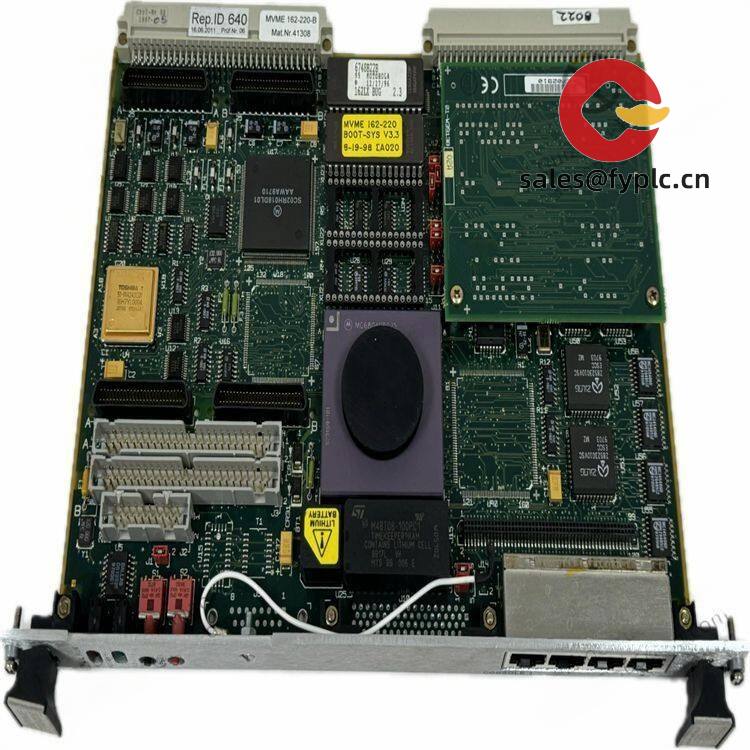
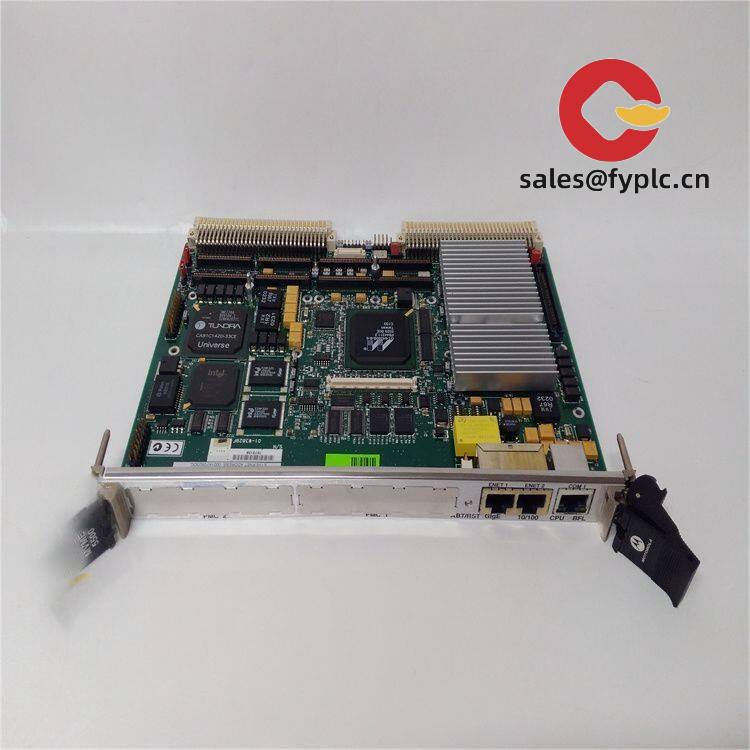
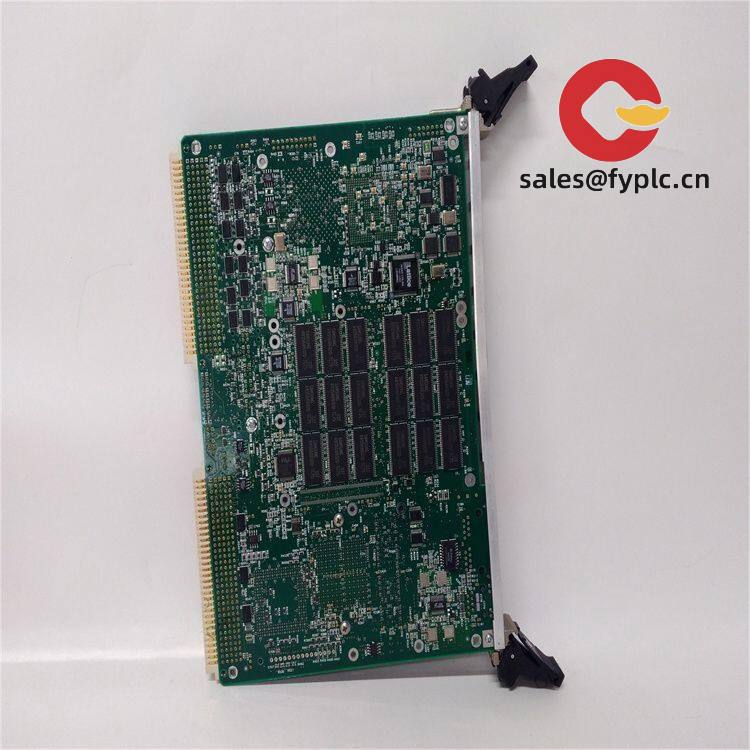



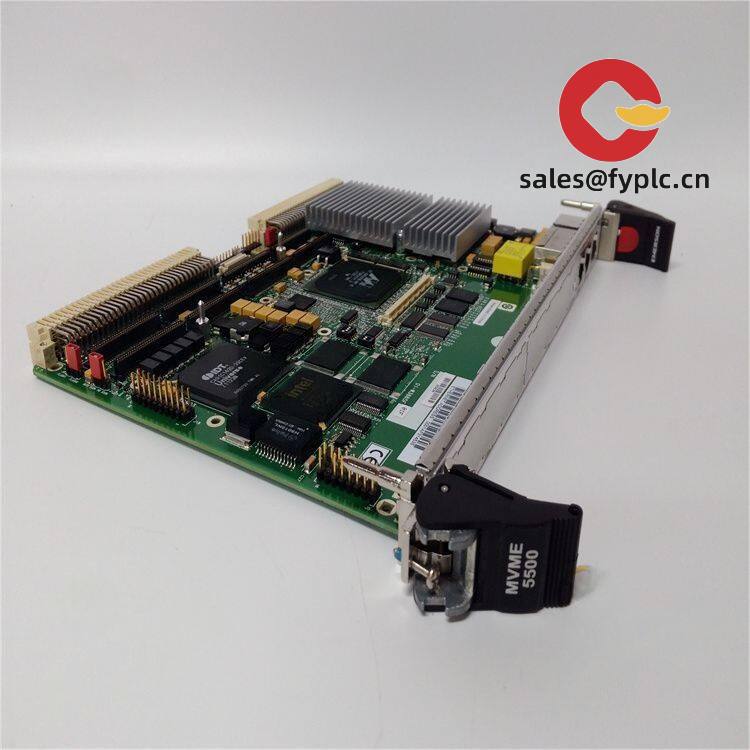
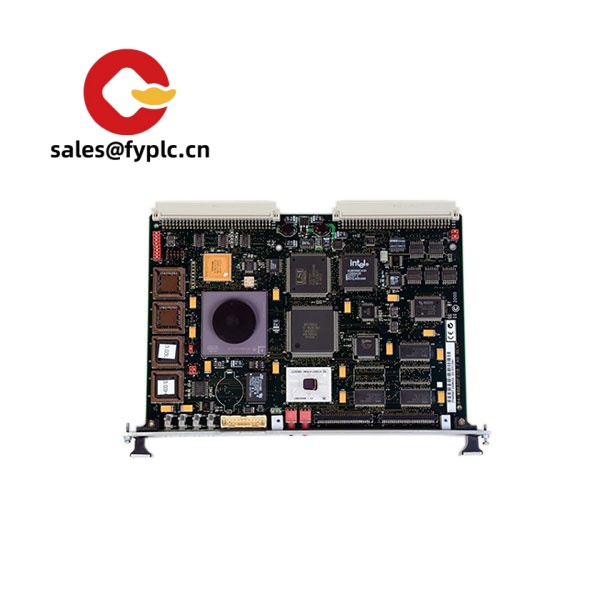
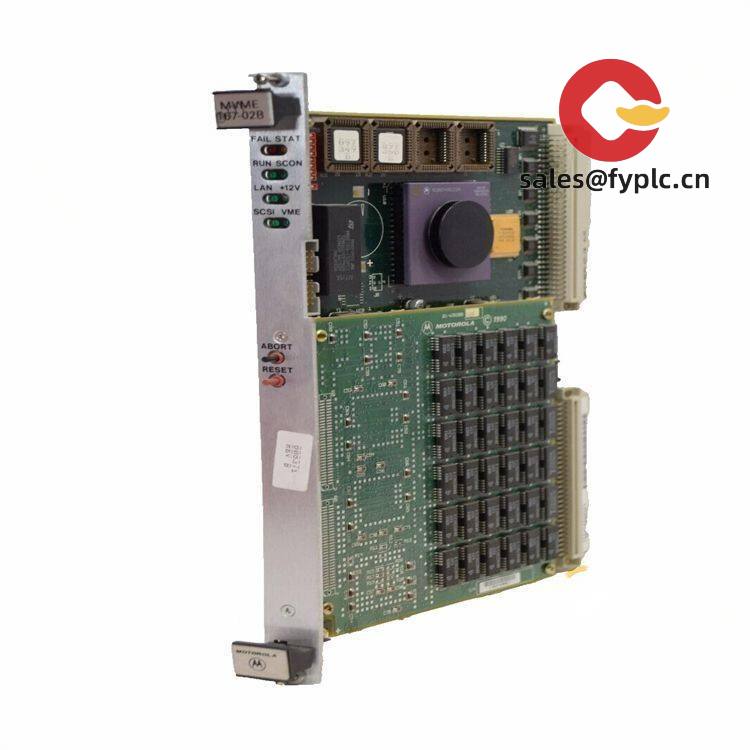

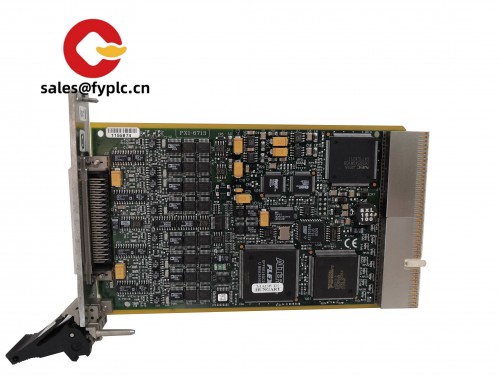
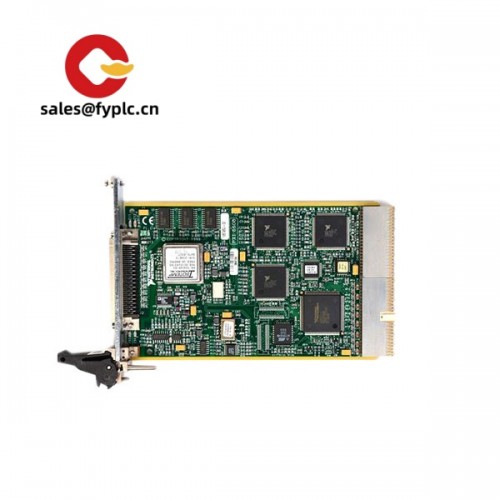




Reviews
There are no reviews yet.